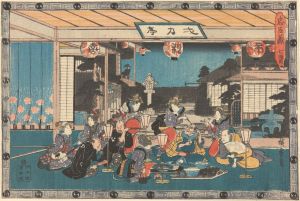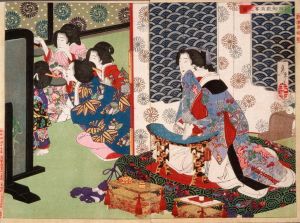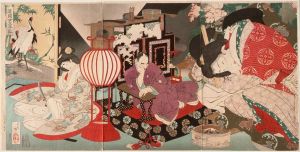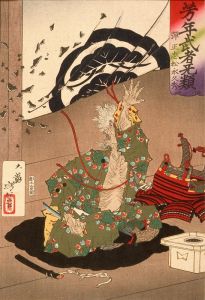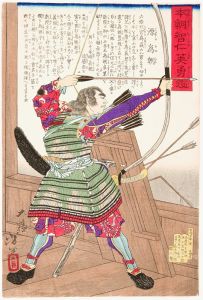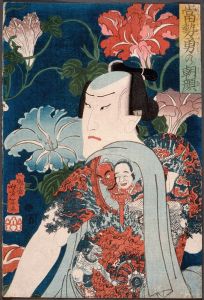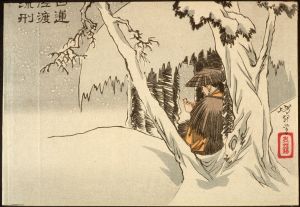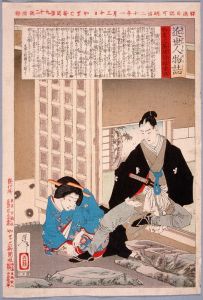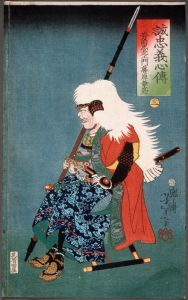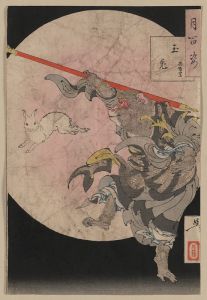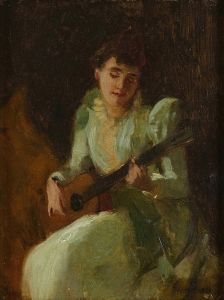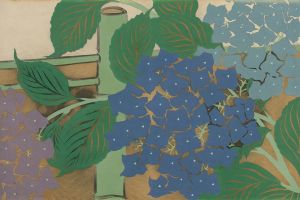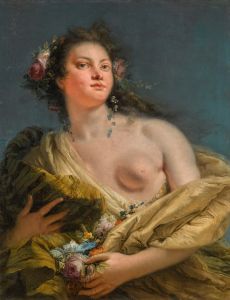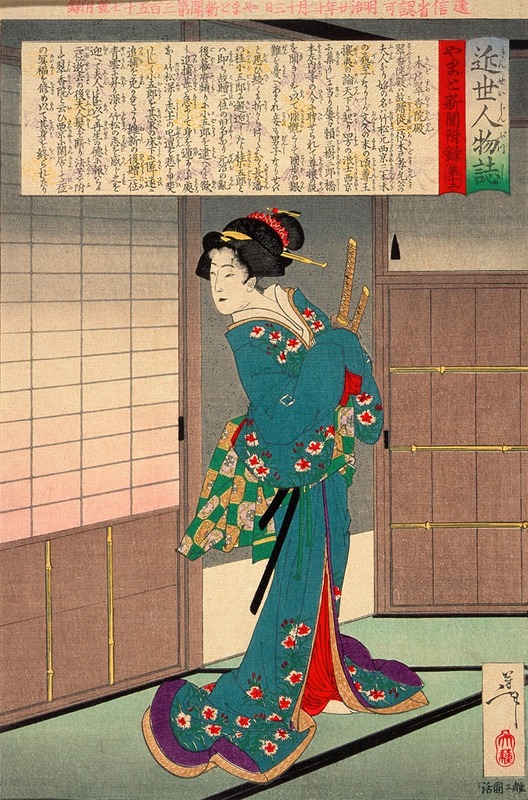
Lady Kido Suikōin
A hand-painted replica of Tsukioka Yoshitoshi’s masterpiece Lady Kido Suikōin, meticulously crafted by professional artists to capture the true essence of the original. Each piece is created with museum-quality canvas and rare mineral pigments, carefully painted by experienced artists with delicate brushstrokes and rich, layered colors to perfectly recreate the texture of the original artwork. Unlike machine-printed reproductions, this hand-painted version brings the painting to life, infused with the artist’s emotions and skill in every stroke. Whether for personal collection or home decoration, it instantly elevates the artistic atmosphere of any space.
Tsukioka Yoshitoshi was a renowned Japanese artist known for his work in ukiyo-e, a genre of woodblock prints and paintings that flourished in Japan from the 17th through 19th centuries. Yoshitoshi is often celebrated for his innovative approach to traditional subjects and his ability to capture the complexities of human emotion and historical narratives. One of his notable works is "Lady Kido Suikōin," which is part of his larger body of work that often depicted historical and legendary figures.
"Lady Kido Suikōin" is a woodblock print that exemplifies Yoshitoshi's skill in portraying historical figures with a blend of realism and artistic flair. The artwork is part of Yoshitoshi's series that often explored themes of heroism, tragedy, and the supernatural. His prints frequently depicted scenes from Japanese history, folklore, and classical literature, bringing these stories to life with vivid imagery and dynamic compositions.
Yoshitoshi's work is characterized by its dramatic use of color and intricate detailing, which can be seen in "Lady Kido Suikōin." The print likely features a combination of bold lines and subtle shading, a technique that Yoshitoshi mastered to convey depth and emotion. His ability to capture the essence of his subjects made his prints highly sought after during his lifetime and continues to be appreciated by art enthusiasts today.
The historical context of "Lady Kido Suikōin" is rooted in Yoshitoshi's interest in the Edo period and earlier Japanese history. His works often reflect the cultural and social dynamics of these times, providing insight into the values and aesthetics of the era. Yoshitoshi was known for his meticulous research into the historical and literary sources that inspired his prints, ensuring that his depictions were both accurate and artistically compelling.
Yoshitoshi's influence extends beyond his technical prowess; he played a significant role in the transition of ukiyo-e from traditional to modern forms. His work marked a shift in the art form, incorporating elements of Western art and adapting to the changing tastes of the Meiji period. This adaptability and innovation helped preserve the relevance of ukiyo-e during a time of significant cultural transformation in Japan.
"Lady Kido Suikōin" is a testament to Yoshitoshi's enduring legacy as one of the last great masters of ukiyo-e. His ability to blend historical accuracy with artistic expression has left a lasting impact on the world of Japanese art. Today, his prints are celebrated for their beauty, complexity, and historical significance, offering a window into the rich tapestry of Japan's cultural heritage.
While specific details about "Lady Kido Suikōin" may be limited, the work remains an important part of Yoshitoshi's oeuvre, reflecting his dedication to capturing the spirit of Japan's past through the medium of ukiyo-e. His prints continue to be studied and admired for their artistic merit and historical value, ensuring that Yoshitoshi's contributions to Japanese art are remembered and appreciated by future generations.





